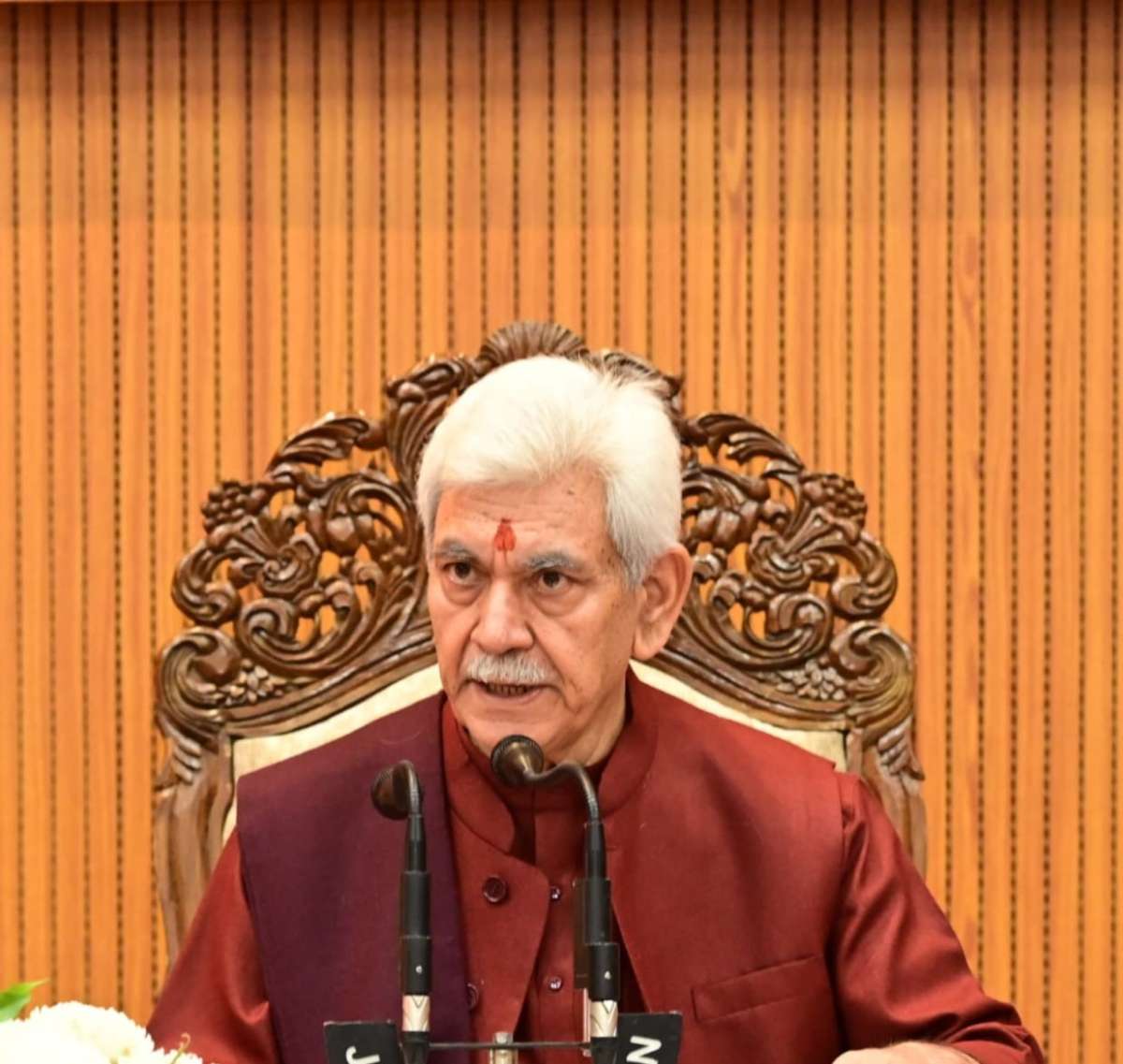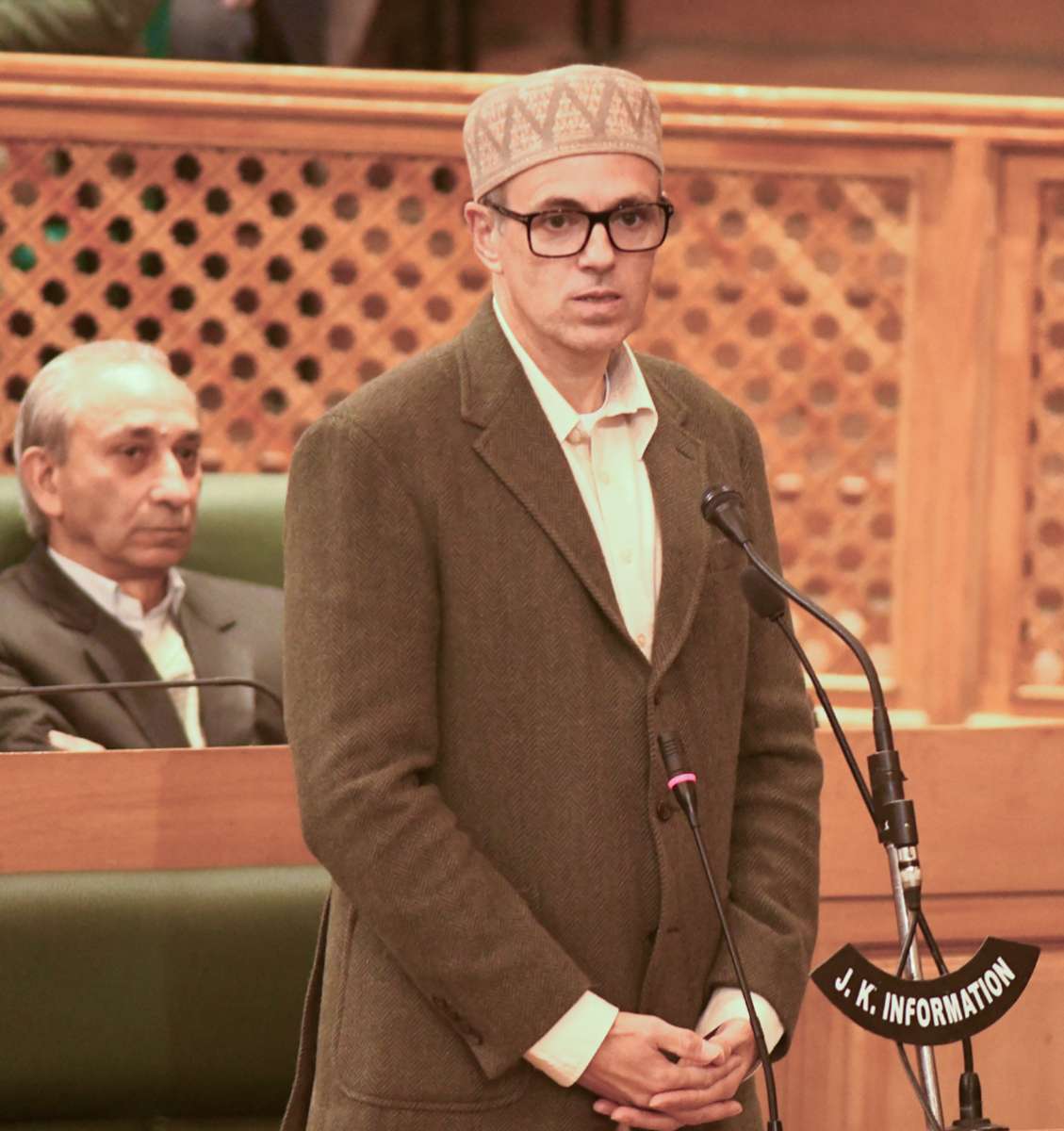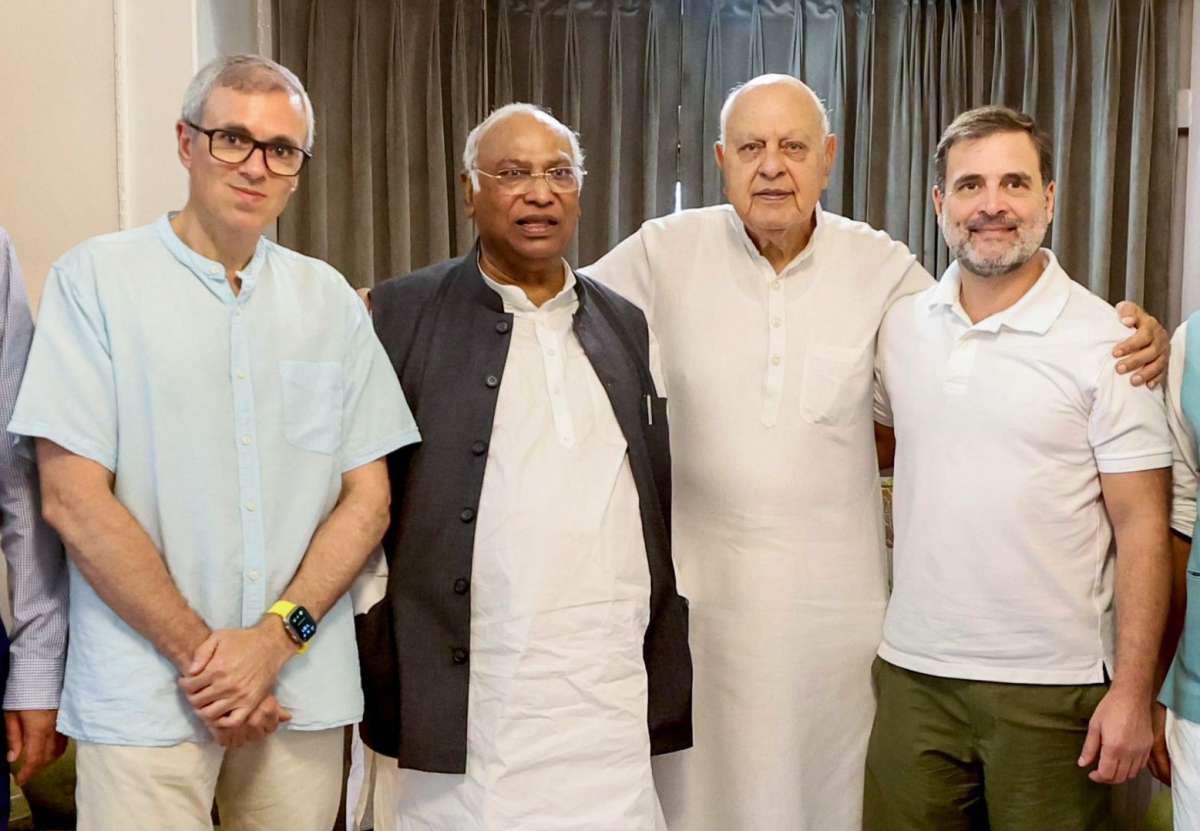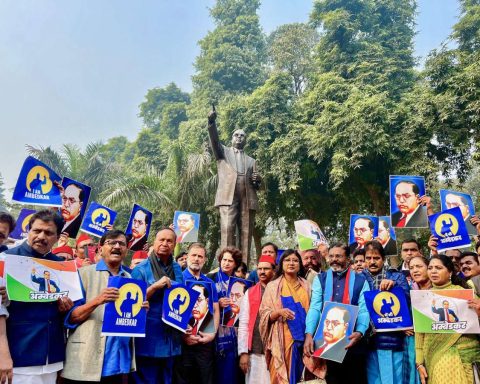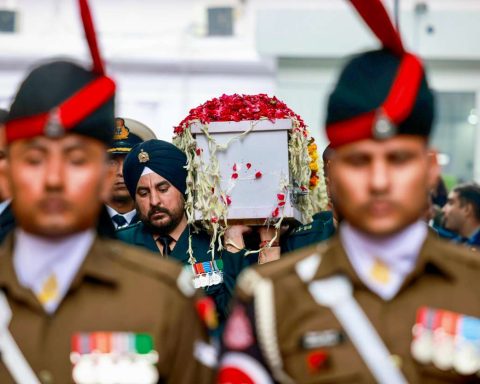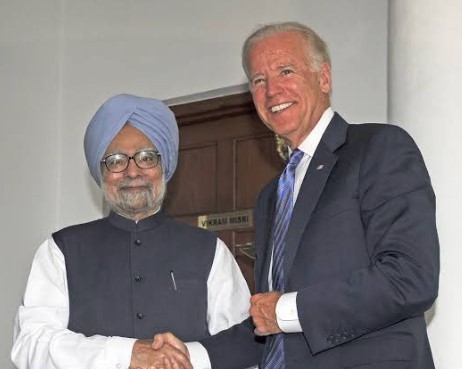Jammu city has number of temples, mosques and gurdawaras for the attraction of pilgrims/ visitors. Raghunath temple; Ranbirshwar; Panchbaktar and Pir Kho temples, Gurdawars of Jain bazaar, Gumat bazaar and Raghunath bazaar and Mosques of Pirmitha; Gumat and Talab Khitikan, are the glaring examples on this behalf. Bahu Fort, Mohamaya, Chichi Mata and temples of Mansar and Suriansar lakes are some of the representatives in Kandi belt of Jammu … A special report by Vineeta Jain
Jammu and Kashmir Lieutenant Governor Manoj Sinha recently announced an ambitious plan to develop Jammu as pilgrim tourist destination by connecting Mata Vaishno Devi Shrine, Purmandal-Utterbehni, Mansar-Surinsar and Shiv Khori through a common pilgrimage tourism circuit.
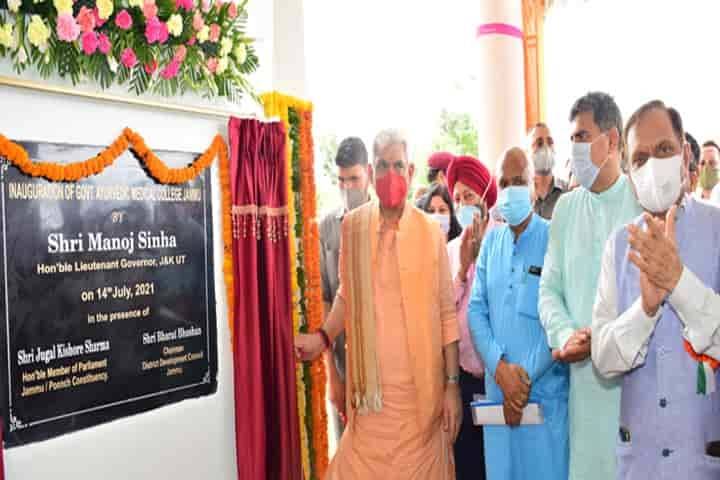
Jammu region has a lot of tourism potential but it has remained unexplored during the past seventy years. Jammu since 1947 has served as a one-night transit point for tourists and travelers headed towards Kashmir. But after August 5, 2019 – when New Delhi announced its decision to abrogate J&K’s special status and divided it in two Union Territories – many initiatives have been taken to make Jammu independent and the recent announcement is a step towards attracting more tourists to Jammu region.
Mr Sinha after laying the foundation stone for the Durga Bhawan, a high utility pilgrim-centric facility worth Rs. 24.4 cr to facilitate pilgrims of Shri Mata Vaishno Devi Shrine stated that JSW Foundation has already conducted a study for conservation and restoration of Shiv Khori heritage site in Reasi. Jammu ropeway has connected three major temples of Jammu city viz. Peerkho, Mahamaya temple and Bahu temple, and has become a major tourist attraction in the region.
Tourism potential
Jammu city has number of temples, mosques and gurdawaras for the attraction of pilgrims/ visitors. Raghunath temple; Ranbirshwar; Panchbaktar and Pir Kho temples, Gurdawars of Jain bazaar, Gumat bazaar and Raghunath bazaar and Mosques of Pirmitha; Gumat and Talab Khitikan, are the glaring examples on this behalf. Bahu Fort, Mohamaya, Chichi Mata and temples of Mansar and Suriansar lakes are some of the representatives in Kandi belt of Jammu.
Religious places in the Reasi district are Shiv Khori Shrine, Dera Baba Banda Bahadur Siarh Baba, Deva Mai, Dhansar Baba and Baba Agar Jitto. There is also a waterfall in Baba Agar Jitto, where a large number of people visit to take bath as its water cures those who are suffering from skin diseases. Bhimgarh Fort and Sulla Park are also important tourist places in Reasi.
Situated at a distance of 120 km from Jammu, Patnitop is the first choice among tourists with Sanasar, Sudh Mahadev and Mantalai following the pursuit by the enthusiasts.
Forts of Ramnagar as well as Kud and Batote hill station are worth seeing places of Udhampur district. A temple on bank of the river Devika in Udhampur and Krimchi temple built by the Pandav in old Nagara style.
Of the lesser known Shakti shrines of the mother Goddess in Jammu region, Sarthal Devi, Shrine of Goddess Sharika at Sarthal, Chond Mata, Kund Mata and Rahushir Devi are the most popular in Kishtwar, and Mata Bala Sundri (Bhadu Billawar) and Jourian Devi (Basohli) in Kathua Districts. Sukrala Mata shrine in Kathua district and Pingla Devi shrine in Udhampur district , have rapidly gained popularity. Like Mata Vaishno Devi Board, Mata Sukrala Board also stands established. Noori Chhamb, Behram Gala, Surankote Budha Amar Nath, Ziarat Saih Miran Sahib, Nangali Sahib, Ziarat Chhowlay Sahib, Ram Kund, are some of the main resorts of Poonch District.
Apart from this, the most attractive scenic spot which the nature has endowed in Poonch District is Sawjian – Gagrian valley which is located exactly on the opposite side of renowned hill resort of Gulmarg in Kashmir.
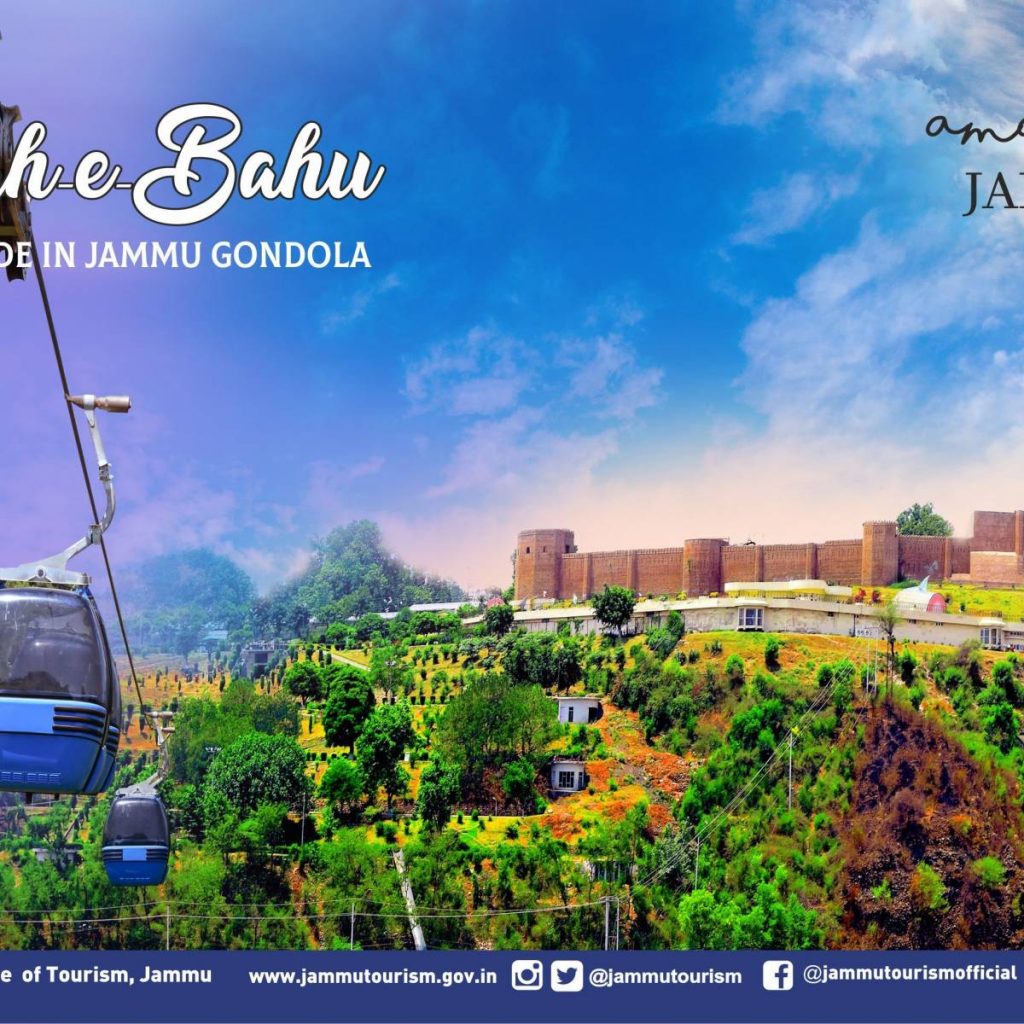
Vaishno Devi Shrine
Before the outbreak of COVID-19 in March 2020, nearly nine lakh devotees visited Mata Vashino Devi Shrine in January and February months in 2020.
Officials at Mata Vaishno Devi Shrine Board had stated that in first two months of 2020 the crowd of pilgrims visiting the shrine had broken last five years’ record. According to the board, a little more than 8 lakh passengers reached Katra for darshan of the Devi during the last five years, and the number crossed the 9 lakh mark in 2020.
As the COVID-19 cases are on decline in J&K, the administration has decided to organise a 3-month long festival to popularize various tourist destinations in Jammu. The step is being taken to ensure the return of pilgrims to Mata Vaishno Devi Shrine, which used to remain abuzz with devotees all throughout the year before the pandemic broke out.
During Covid times many interventions like postal delivery of Prasad, mobile app for live Darshan of Mata Vaishno Devi Shrine, online registration system etc facilitated the devotees.
The proposed 5-storey Durga Bhawan at Katra would have all requisite amenities, besides having adequate provision for harnessing clean energy, recycling of wastewater linking up with existing STPs, provision of elevators etc. The Lieutenant Governor of J&K has fixed August 22 as its deadline for completion.
In June 2021, foundation of Tirupati Temple was also laid in Jammu. This is bound to attract pilgrims headed for Vaishno Devi.
Purmanadal
Purmandal is an important pilgrimage centre lying towards the south east of Jammu city at a distance of 40 km, is located on the bank of the river Devika. This pious town is, infact, situated in the Siwaliks, which are known as southern most Himalayas. The Devika is prominently known as the Gupt Ganga which bifurcates this highly sacred town into two equal parts. This pious place is popularly known as small Kashi as a large number of Hindus perform many rituals for the peace of departed souls. Hence in a way it is the sacred Ganga of the people of Jammu and Kashmir.
The main attraction of Purmandal is an old Lord Shiva’s Temple, having no lingum and is known as “Svayambhuvalinga”. A number of stories are well connected with this sacred temple. The temple is said to have been built by Raja Veni Dutt of Kashmir who is identified with either Vinayaditya or Avantivarman who ruled over Kashmir from 855 to 883 AD.
The present complex of Purmandal shrine was built by Maharaja Gulab Singh, the founder of Jammu and Kashmir state. He took lot of interest in the renovation of this holy place. He made the oblation of golden ewers to Lord Shiva. He also established a Sanskrit vidyalya on the banks of the river Devika. Havvelis constructed on Devika’s bank are still in prominence.

A special provision was made in Ain-I-Dharmarth to look after the shrine. Maharaja Ranbir Singh (1857-1885) son of Maharaja Gulab Singh, known for his patronage of art and learning built numerous temples and shrines. The Bhairva Temple, Kartikya and Ganesh Temples and Lord Shiva’s Temple of Purmandal were also constructed by Maharaja Ranbir Singh.
Rejuvenation Drive
In December 2020, J&K Lieutenant Governor had visited Purmandal-Utterbehani area and Mansar-Surinsar twin lakes to review the progress on comprehensive plans being put in place for the development of these religious and tourist destinations.
During his visit, Sinha took stock of the project for the development of the Purmandal- Utterbehani religious tourism circuit under Pilgrimage Rejuvenation and Spiritual Augmentation Drive (PRASAD).
He had taken a detailed review of development projects at Purmandal which included construction of a paved path and track to the temple complex, construction of view points, up-gradation of bathing ghats, installation of focus light and poles with high mast lights and solar lights. “Religious places like Purmandal and Utterbehani will attract lot more tourists which will ultimately give a boost to the religious tourism in the area and development of religious tourism is among the prime focus areas of the government,” the Lt Governor had said.
He had passed the directions for the development and beautification of Surnisar lake and directed officials to start the de-weeding and de-silting works and improve the aesthetics of the lake and its surroundings.
Tourism development
For the development of tourism projects in Jammu and Kashmir, the Government of India (GoI) sanctioned a whopping amount of Rs 562.81 crore under different schemes in the past two years. Union Tourism Minister, Prahlad Singh Patel in March this year had informed the parliament Ministry of Tourism under the scheme of ‘Swadesh Darshan’ has sanctioned 76 projects for the development of thematic circuits in various States/ Union Territory administrations.
In a detailed figure with Jammu and Kashmir among other states and Union Territories, the Minister had said that under different government schemes several projects have been completed in the last few years.
About J&K the Minister said that between 2016-17 an amount of Rs 77.33 crore were sanctioned for the Integrated Development of Jammu-Srinagar-Pahalgam-Bhagwati Nagar- Anantnag-Salamabad Uri-Kargil-Leh was done under the Swadesh Darshan scheme.
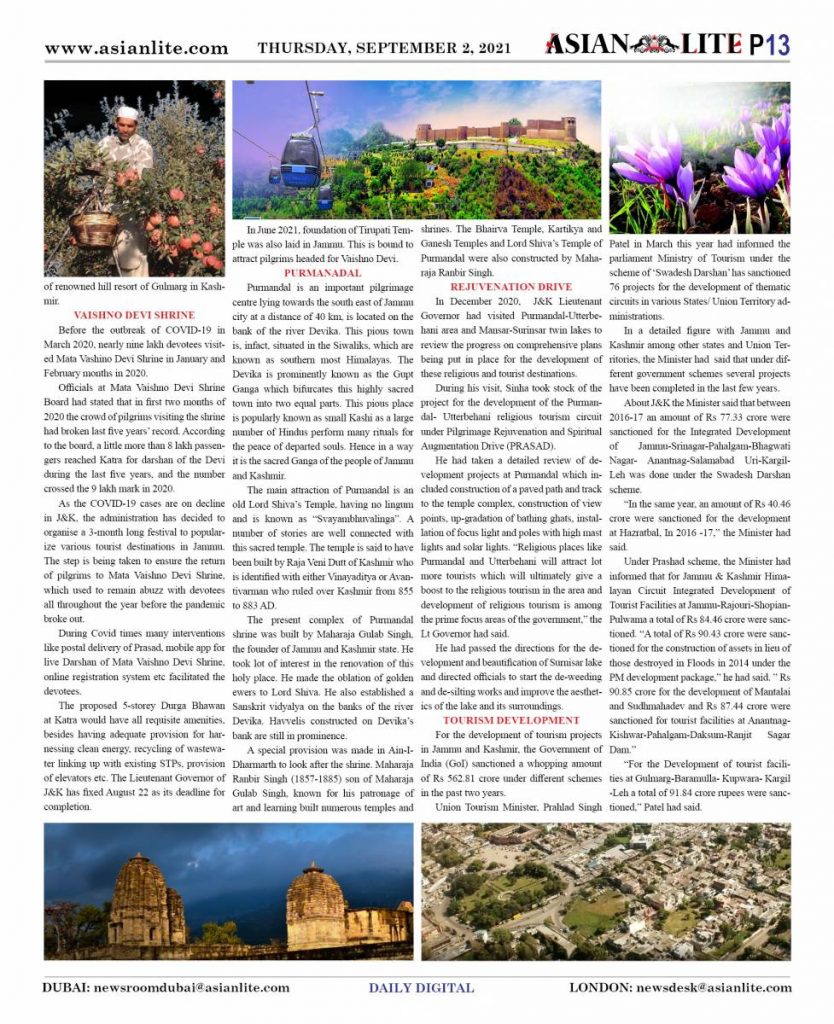
“In the same year, an amount of Rs 40.46 crore were sanctioned for the development at Hazratbal, In 2016 -17,” the Minister had said.
Under Prashad scheme, the Minister had informed that for Jammu & Kashmir Himalayan Circuit Integrated Development of Tourist Facilities at Jammu-Rajouri-Shopian- Pulwama a total of Rs 84.46 crore were sanctioned. “A total of Rs 90.43 crore were sanctioned for the construction of assets in lieu of those destroyed in Floods in 2014 under the PM development package,” he had said. ” Rs 90.85 crore for the development of Mantalai and Sudhmahadev and Rs 87.44 crore were sanctioned for tourist facilities at Anantnag-Kishwar-Pahalgam-Daksum-Ranjit Sagar Dam.”
READ MORE: Naya Kashmir Enters New Phase
READ MORE: Why Kashmir is cool to Taliban?

